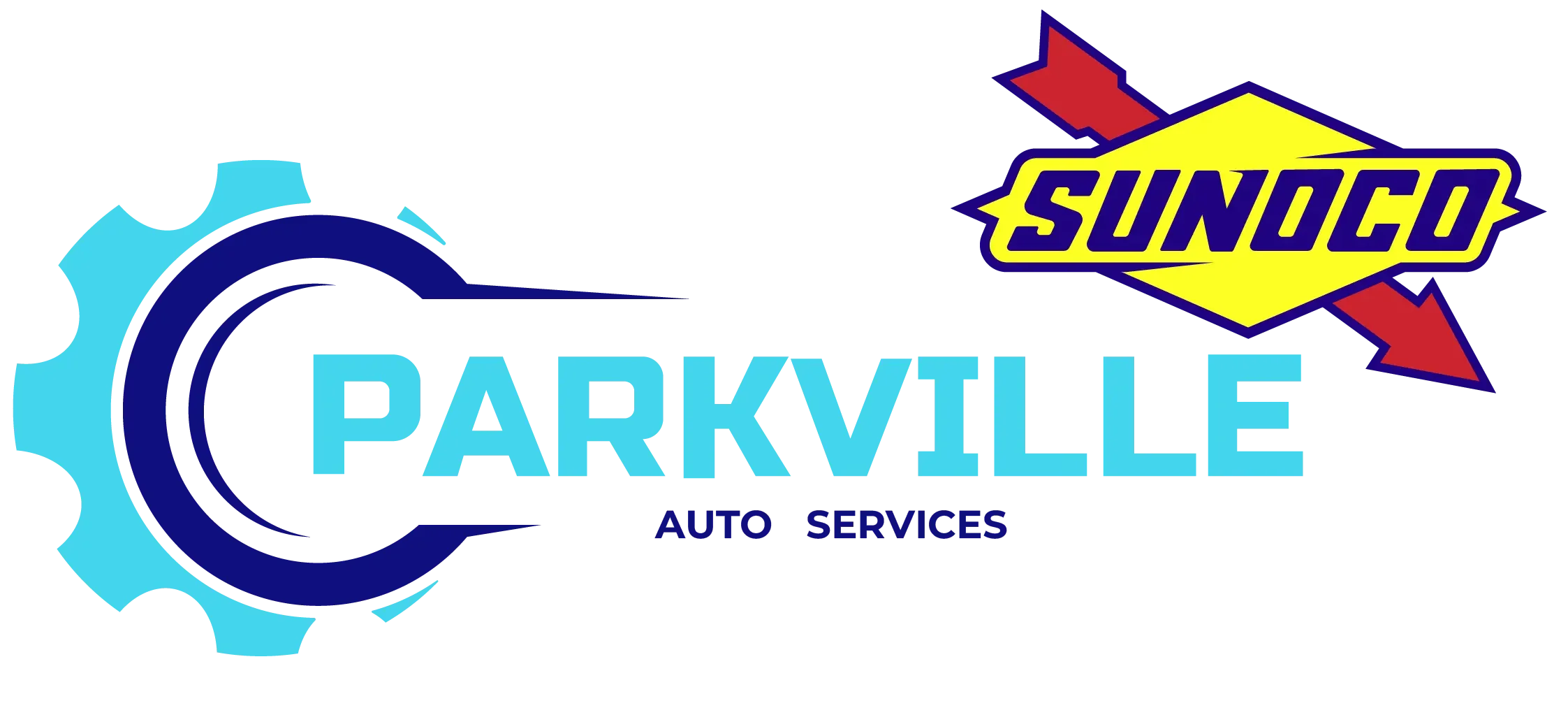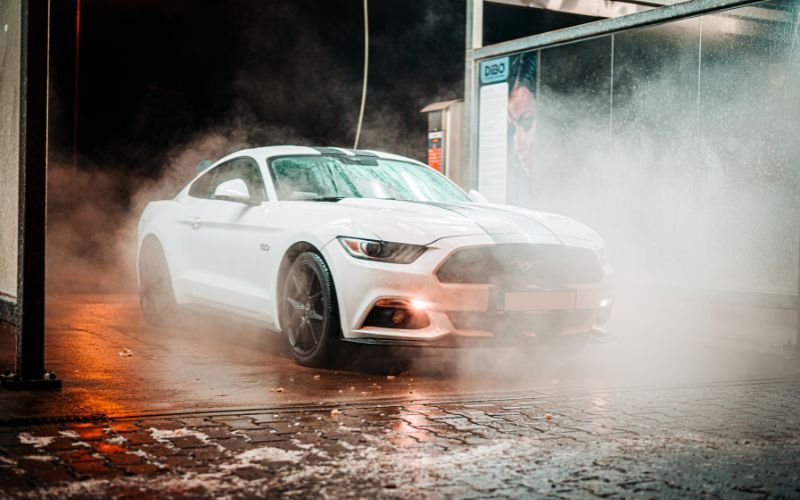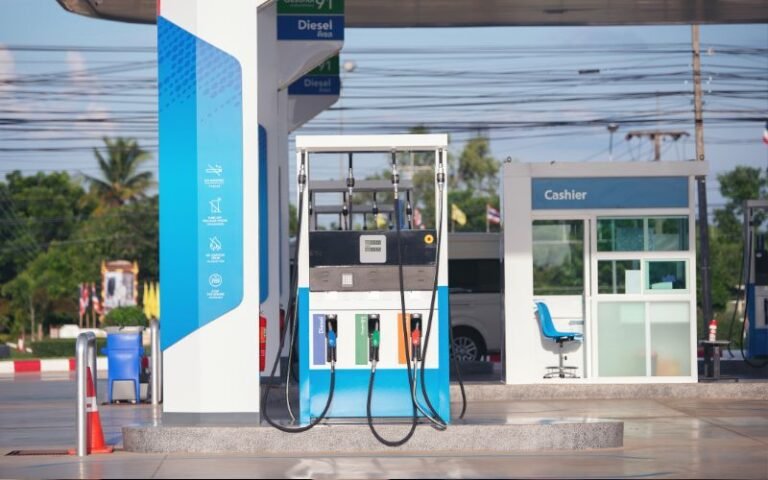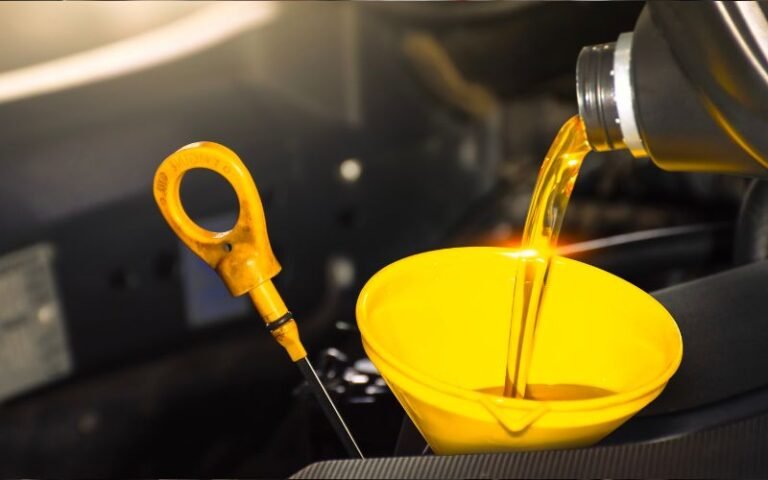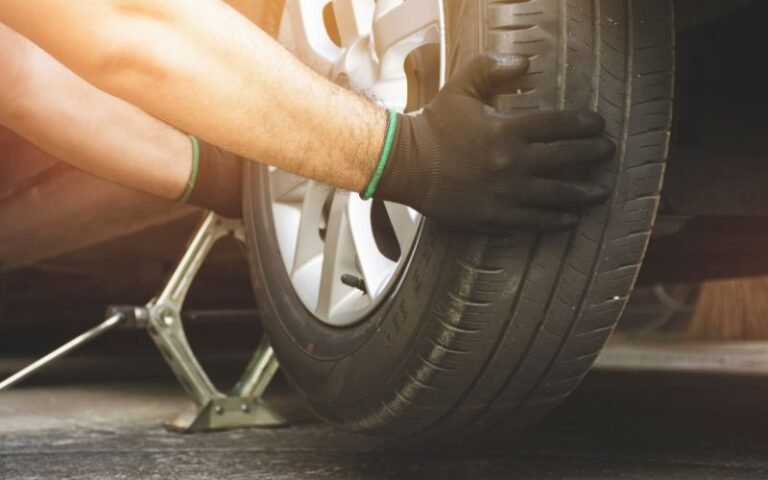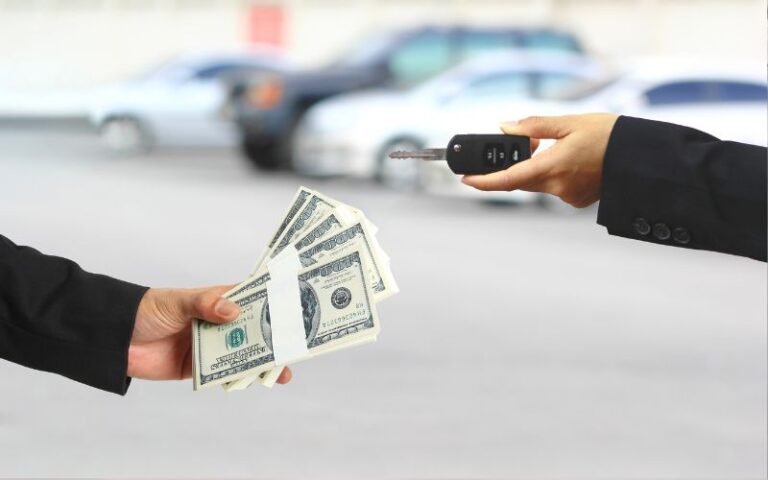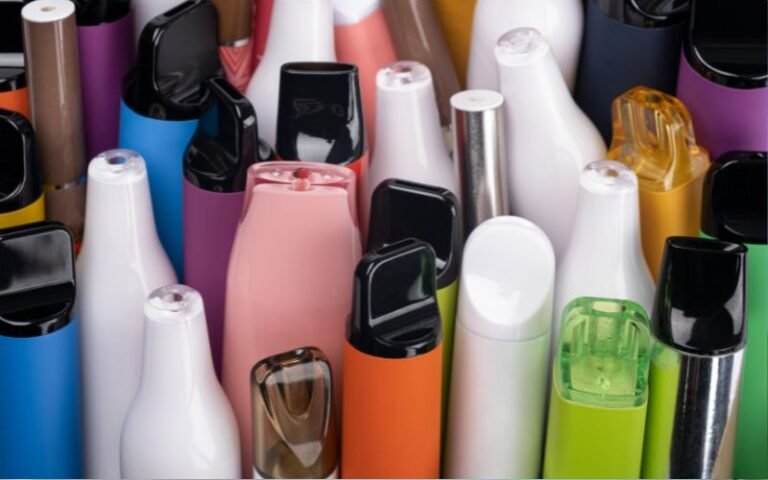Automatic Car Wash vs Touchless: What to Choose
Modern vehicle owners increasingly rely on advanced, automated cleaning systems to keep their cars spotless without the hassle of manual washing. These systems combine precision engineering, eco-friendly detergents, and high-pressure technology to remove dirt, grime, and road debris in minutes. From touchless options that avoid physical contact to soft-cloth and conveyor tunnel systems, the industry now offers solutions for every need and budget. As businesses invest in energy-efficient designs and water recycling technology, these services continue to evolve, delivering a cleaner, safer, and more sustainable way to maintain vehicle appearance and value.
In the fast-paced world of today, convenience often dictates consumer choices, and nowhere is this more evident than in the realm of vehicle care. The automatic car wash has emerged as a staple for drivers who value speed, efficiency, and consistent results. For urban commuters, business fleet operators, and weekend travelers alike, the appeal lies in the ability to transform a dirty car into a gleaming one in just a few minutes, without lifting a sponge.
The Evolution of Car Washing
Long before high-pressure jets and programmable brushes, drivers relied on buckets of soapy water, rags, and a strong arm. The first semi-automated wash systems appeared in the mid-20th century, using conveyor belts to pull vehicles through fixed sprayers and brushes. By the 1980s and 1990s, technology advanced to include computer-controlled cycles, allowing customized cleaning for different car sizes.
Touchless technology was a significant leap forward, addressing concerns about paint scratching by replacing brushes with strategically placed water jets and foam applicators. Today’s drive-through and in-bay systems incorporate a blend of mechanical precision, chemical science, and environmental responsibility.
Main Types of Modern Car Washes
Touchless Car Wash
- Uses high-pressure water and cleaning agents, with no brushes or cloths making contact.
- Ideal for luxury or freshly painted cars where owners want to avoid potential micro-abrasions.
- Relies heavily on water pressure and detergents for cleaning power.
Soft-Cloth Car Wash
- Uses rotating cloth strips to gently agitate dirt and grime.
- More effective at removing stubborn debris compared to touchless.
- Often paired with waxing and spot-free rinse cycles.
Drive-Through Car Wash
- Popular in urban centers and gas station forecourts.
- The car remains stationary while machinery moves around it.
- Quick and convenient, often combined with fuel discounts.
In-Bay Automatic Systems
- Found in smaller spaces, such as convenience stores.
- The vehicle remains in one spot while the cleaning apparatus travels around it.
- Suitable for smaller operations or rural locations.
Each method has pros and cons; touchless is safer for paint, while soft-cloth systems generally clean more thoroughly. The right choice depends on vehicle type, owner preferences, and budget.
How the Technology Works
Modern automated car cleaning involves a sequence of specialized steps:
- Pre-Soak Treatment: Loosens surface grime and road film.
- Foam Cannon Application: Coats the vehicle in thick detergent to break down dirt.
- Agitation or High-Pressure Jets: Either cloth strips or water nozzles target stuck-on debris.
- Undercarriage Spray: Cleans road salt, mud, and debris from the vehicle’s underside.
- Rinse Cycles: Multiple rinses ensure no soap residue remains.
- Wax or Sealant Application: Adds shine and hydrophobic protection.
- Spot-Free Drying: Uses purified water to prevent mineral spotting.
- Air Dryers: High-velocity blowers remove remaining water.
These systems rely on precise engineering, from conveyor belt calibration to pump pressure consistency, to deliver safe and uniform results.
Safety for Your Vehicle
Concerns about scratches often deter first-time users. While older brush systems sometimes caused micro-scratches, advancements in soft materials and touchless technology have minimized this risk. Many high-end car washes now incorporate:
- Scratch-free fabrics designed for automotive paint.
- Ceramic coating-compatible soaps that won’t strip protection.
- Low-pH rinses neutralize chemical residues.
For added protection, applying a wax or ceramic coating before using automated services can safeguard against environmental contaminants.
Environmental Considerations
Contrary to popular belief, professional car washes often use less water than at-home washing. A driveway wash can use over 100 gallons, while an eco-friendly in-bay system may use as little as 30, thanks to water recycling.
Other green features include:
- Biodegradable soaps that break down without harming waterways.
- Filtration systems that remove oil, grease, and heavy metals from wastewater.
- Energy-efficient motors and solar-assisted heating.
Governments in water-restricted regions increasingly encourage commercial car wash use over home washing.
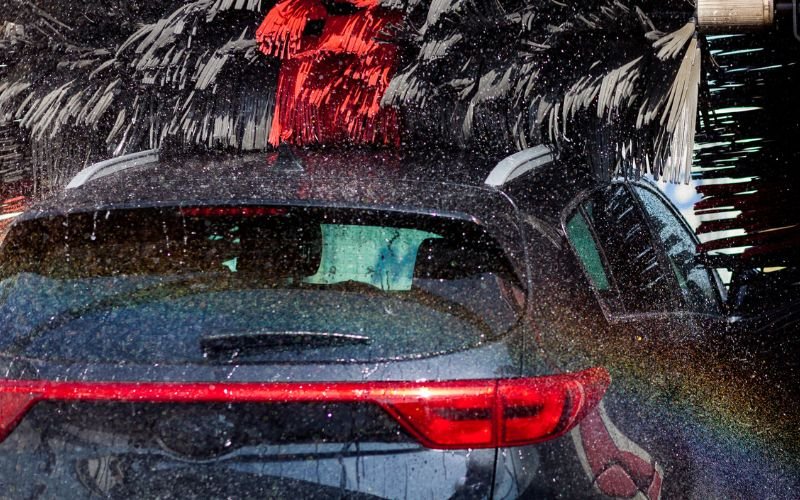
Cost Factors and Pricing Around the World
Pricing varies by region, service type, and added features:
- USA: 8 to $20 for standard packages; premium washes with wax or ceramic coatings can reach $30–$50.
- UK: £6 to £15 for basic washes; up to £25 for full-service options.
- Australia: AUD 10 to $25.
- Asia: More affordable in some markets, with basic washes starting under $5.
Factors affecting price include:
- Location and property costs.
- Machine type and maintenance expenses.
- Additional detailing or waxing services.
- Frequency discounts via membership programs.
The Business Side of Car Wash Operations
Owning and operating an automated wash facility requires balancing high upfront costs with long-term profitability.
Key considerations:
- Equipment Investment: Ranges from $30,000 for basic setups to $300,000+ for advanced tunnels.
- Maintenance: Regular servicing of pumps, brushes, and water reclaim systems prevents downtime.
- Revenue Models: Subscription passes, prepaid cards, and bundled fuel/wash promotions.
- Staffing: While largely automated, attendants are often needed for pre-wash prep or troubleshooting.
The industry is attractive to investors because of repeat customer potential and low labor dependency.
Seasonal Washing Tips
- Winter: Salt and de-icing chemicals can corrode metal; frequent undercarriage rinsing is essential.
- Spring: Pollen and tree sap require gentle yet thorough removal.
- Summer: Bugs and bird droppings can damage paint if left too long.
- Autumn: Falling leaves and organic debris can trap moisture against the vehicle’s surface.
Choosing the right wash cycle for the season can extend paint life and improve overall vehicle resale value.
The Future of Automated Car Cleaning
The next generation of automated cleaning will likely incorporate:
- AI-powered dirt detection for precision spraying.
- App-based booking and payment to reduce wait times.
- Robotic arms for targeted spot cleaning.
- Waterless nano-cleaning solutions to conserve resources.
With advances in sensors and eco-friendly chemistry, expect faster, more customized, and even more sustainable services.
FAQ
Is touchless better than brush systems?
Touchless systems reduce physical contact, lowering the risk of scratches, but may not clean heavy grime as well as soft-cloth systems.
Will it clean my undercarriage?
Many facilities offer undercarriage sprays to remove salt, mud, and debris, especially valuable in snowy or coastal regions.
How long does a wash take?
Typically, 3–7 minutes for standard cycles; premium washes may take longer.
How often should I wash my car?
In winter or rainy seasons, weekly washes help prevent corrosion. In summer, every 2–3 weeks is often sufficient.
Final Thought
Automated vehicle cleaning has moved far beyond its humble beginnings, offering drivers an efficient, safe, and often eco-friendly way to keep their cars in top condition. By understanding the types of systems available, their environmental impact, and the best practices for seasonal care, vehicle owners can enjoy a sparkling finish without the time and labor of manual washing.
Citation
Super Star Car Wash.. (n.d.). How an automatic car wash works. Super Star Car Wash.. https://www.superstarcarwashaz.com/how-an-automatic-car-wash-works/
